Engaging Youth in Computational Thinking Practices
Litts, B. K., Lewis, W. E., & Mortensen, C. K. (2020). Engaging youth in computational thinking practices through designing place-based mobile games about local issues. Interactive Learning Environments, 28(3), 302-315. DOI: 10.1080/10494820.2019.1674883
Engaging youth in computational thinking practices through designing place-based mobile games about local issues
In response to a need to equip youth to become successful contributors to our growing digital economy, educators and researchers are exploring ways to incorporate computational thinking (CT) for all across curricular domains. In this paper, we take a place-based approach to examine how and what CT practices youth learn through designing mobile games in and for their own communities.
Citation
Litts, B. K., Lewis, W. E., & Mortensen, C. K. (2020). Engaging youth in computational thinking practices through designing place-based mobile games about local issues. Interactive Learning Environments, 28(3), 302-315. DOI: 10.1080/10494820.2019.1674883
Stitching Codeable Circuits
Litts, B. K., Kafai, Y. B., Lui, D. A., Walker, J. T., & Widman, S. A. (2017). Stitching codeable circuits: High school students’ learning about circuitry and coding with electronic textiles. Journal of Science Education and Technology, 26(5), 494-507. DOI: 10.1007/s10956-017-9694-0
Stitching Codeable Circuits: High School Students’ Learning About Circuitry and Coding with Electronic Textiles
Learning about circuitry by connecting a battery, light bulb, and wires is a common activity in many science classrooms. In this paper, we expand students’ learning about circuitry with electronic textiles, which use conductive thread instead of wires and sewable LEDs instead of lightbulbs, by integrating programming sensor inputs and light outputs and examining how the two domains interact.
Citation
Litts, B. K., Kafai, Y. B., Lui, D. A., Walker, J. T., & Widman, S. A. (2017). Stitching codeable circuits: High school students’ learning about circuitry and coding with electronic textiles. Journal of Science Education and Technology, 26(5), 494-507. DOI: 10.1007/s10956-017-9694-0
Debugging Open-Ended Designs
Searle, K. A., Litts, B. K., & Kafai, Y. B. (2018). Debugging open-ended designs: High school students’ perceptions of failure and success in an electronic textiles design activity. Thinking Skills and Creativity, 30, 125-134. DOI: 10.1016/j.tsc.2018.03.004
Debugging Open-Ended Designs: High School Students’ Perceptions of Failure and Success in an Electronic Textiles Design Activity
Learning about circuitry by connecting a battery, light bulb, and wires is a common activity in many science classrooms. In this paper, we expand students’ learning about circuitry with electronic textiles, which use conductive thread instead of wires and sewable LEDs instead of lightbulbs, by integrating programming sensor inputs and light outputs and examining how the two domains interact.
Citation
Searle, K. A., Litts, B. K., & Kafai, Y. B. (2018). Debugging open-ended designs: High school students’ perceptions of failure and success in an electronic textiles design activity. Thinking Skills and Creativity, 30, 125-134. DOI: 10.1016/j.tsc.2018.03.004



